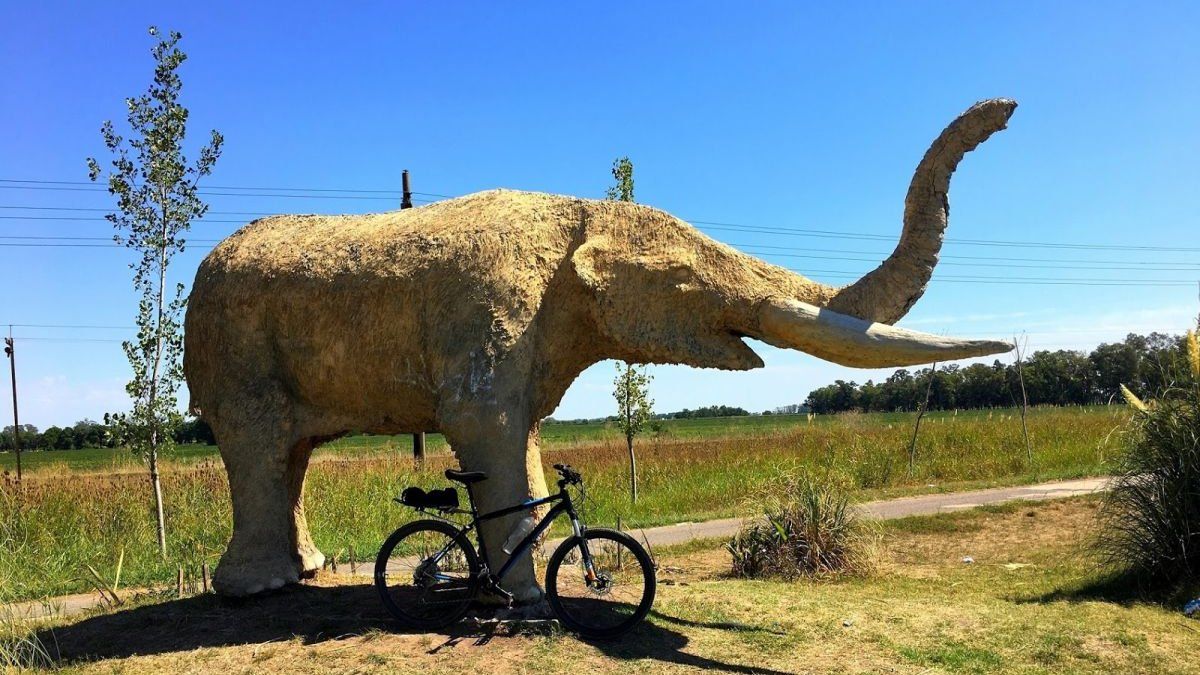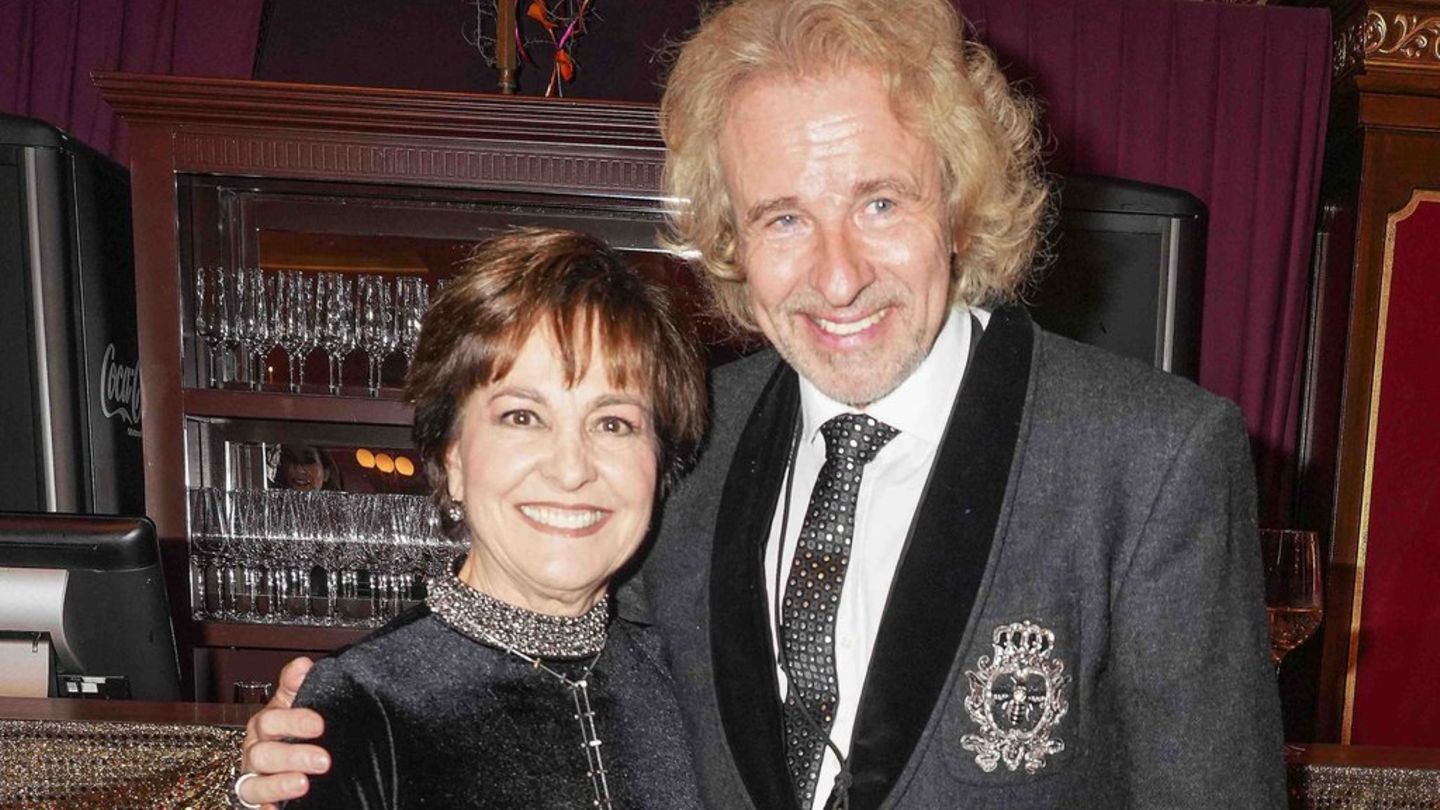marcos paz 2.jpg
networks
A few years ago, the municipality created the project “Marcos Paz, land of mastodons” that arose when fossils of the animal that lived in the era began to be found quaternary. “The place was a tosquera that later became the paleontological reserve”explained victoria lopeza graduate in Biology and director of the Lucas Kraglievich Museum of Natural Sciences.
In a area of 25 thousand square metersthe “Francisco P. Moreno” reserve, located on the kilometer 48 of national route 3presents more than 900 types of fossilswhose findings sparked great interest in science.
Visitors show up amazed when they step on the ground that has eight thousand years old. there is one extra attraction the possibility of finding fossils during the tour due to the significant amount on the property.
peace frames 1.jpg

networks
“During one of the visits, two five-year-olds found bones of a glyptodon -giant mules- that had not been seen. The boys were protagonists because they helped find this fossil that was later extracted”recalled the specialist.
A new species of prehistoric condor was also discovered at the site: the Pampagysps Imperator (emperor of the pampas), in addition to other important findings such as fossilized marine oysters and, near them, the ancient horse remains. According to López, with the sudestadasthe sea reached the coast -currently part of the reserve- and deposited different materials.
“The fossils that are found are taken to the repository of the museum where they are cared for, classified and cleaned, to later complete the files and enter them into the paleontological and archaeological heritage of the province of Buenos Aires”explained the director of the museum Lucas Kraglievich.
marcos paz 3.jpg

networks
The reserve and the museum invite you to take a journey through the ages of the Earth and also to learn about the megafauna that inhabited the provincial territory thousands of years ago.
The visit to the reserve is carried out with a specialized guide, who describes the remains found while recounting the number of years of the land on which he is walking. There’s also a interpretation space with rescued fossils where the work carried out by paleontologists is explained.
The museum, in addition to having a paleontology roomhas astronomy and zoology spaces that were reconditioned. The last one will be reopened in the winter break and also, during the holidays, there will be fossil preparation and paleo crafts workshops.
Source: Ambito
David William is a talented author who has made a name for himself in the world of writing. He is a professional author who writes on a wide range of topics, from general interest to opinion news. David is currently working as a writer at 24 hours worlds where he brings his unique perspective and in-depth research to his articles, making them both informative and engaging.




